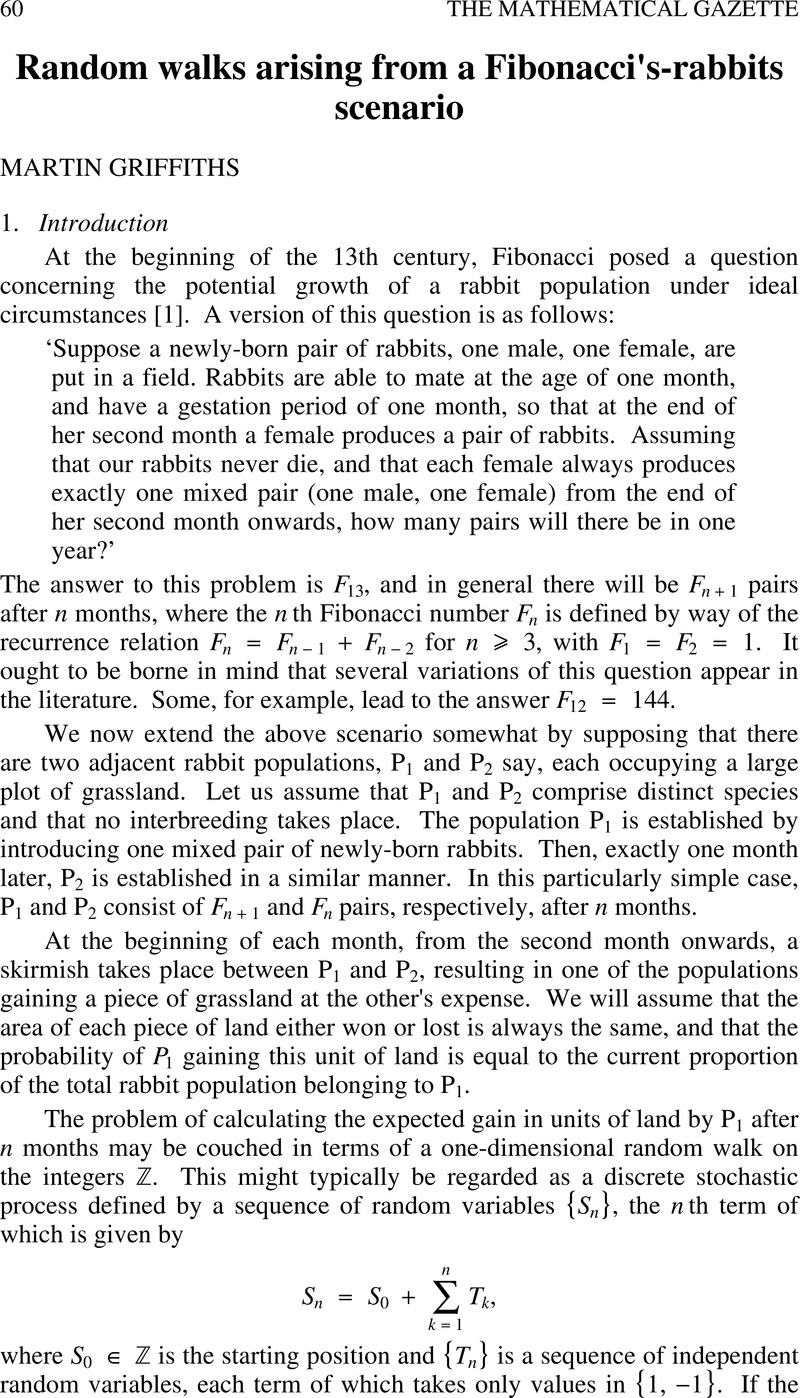Crossref Citations
This article has been cited by the following publications. This list is generated based on data provided by Crossref.
Griffiths, Martin
2016.
100.26 An example of Aitken acceleration.
The Mathematical Gazette,
Vol. 100,
Issue. 548,
p.
347.



